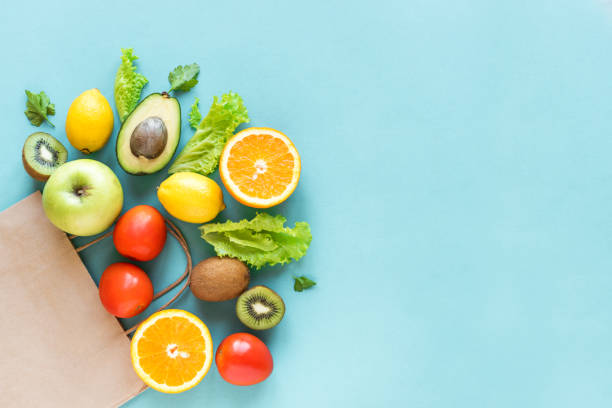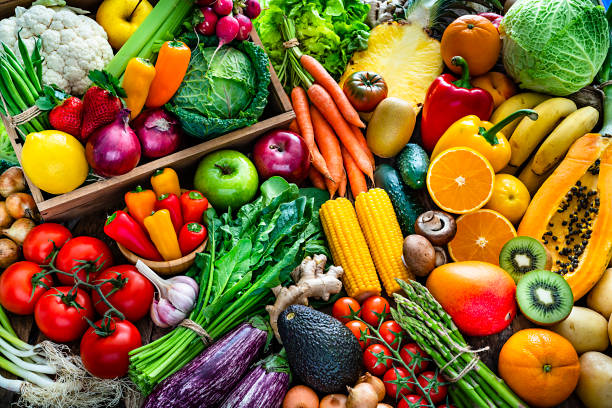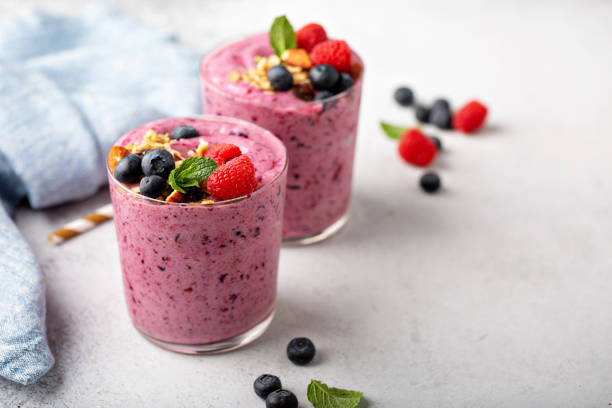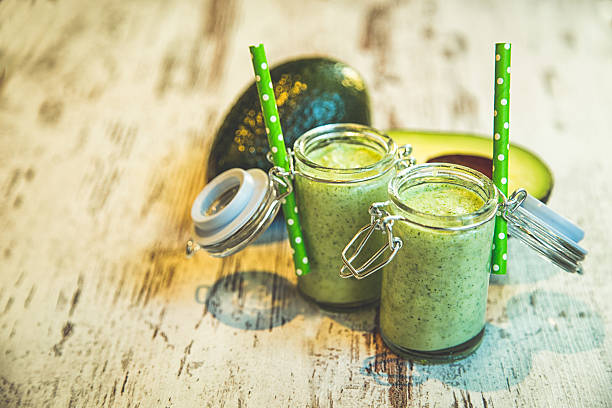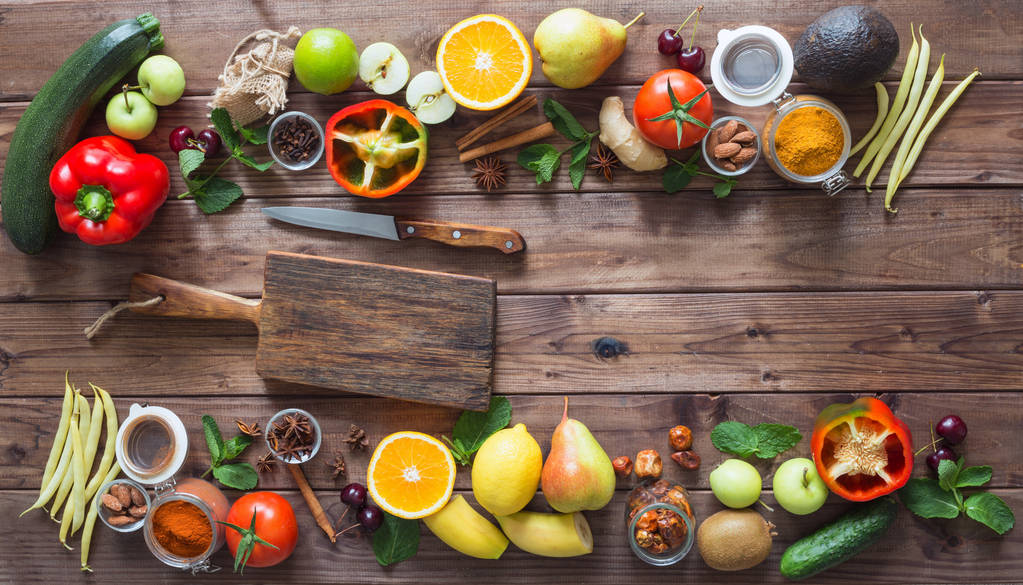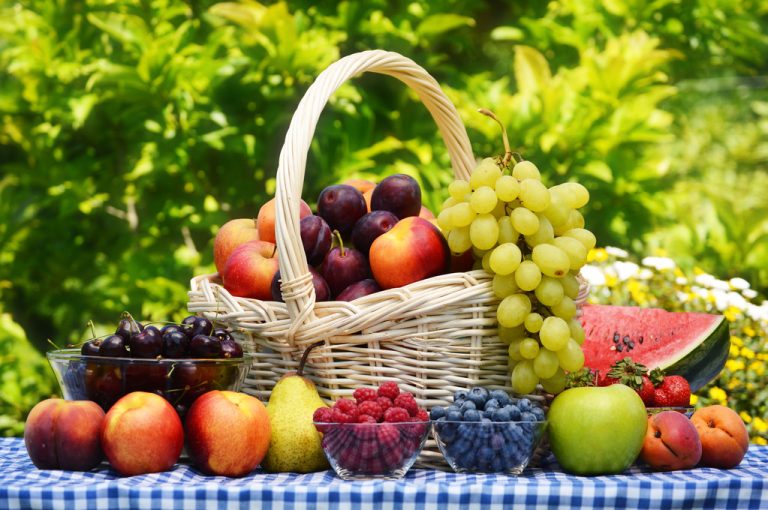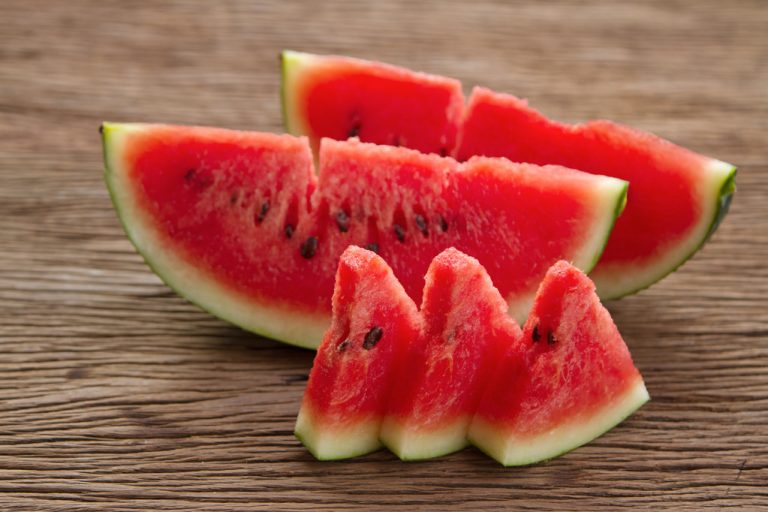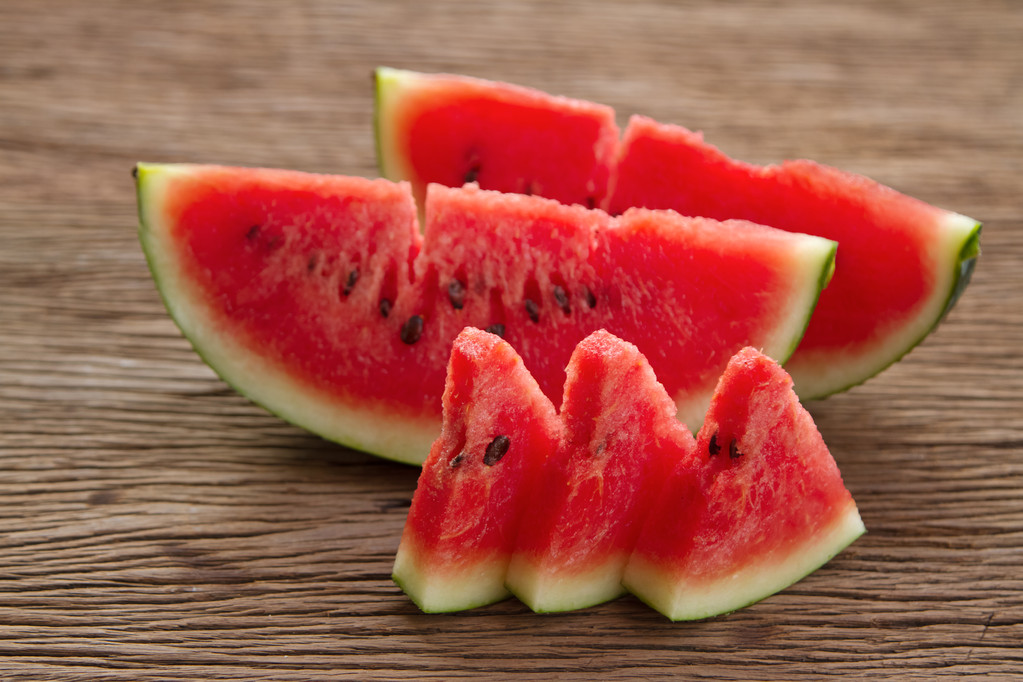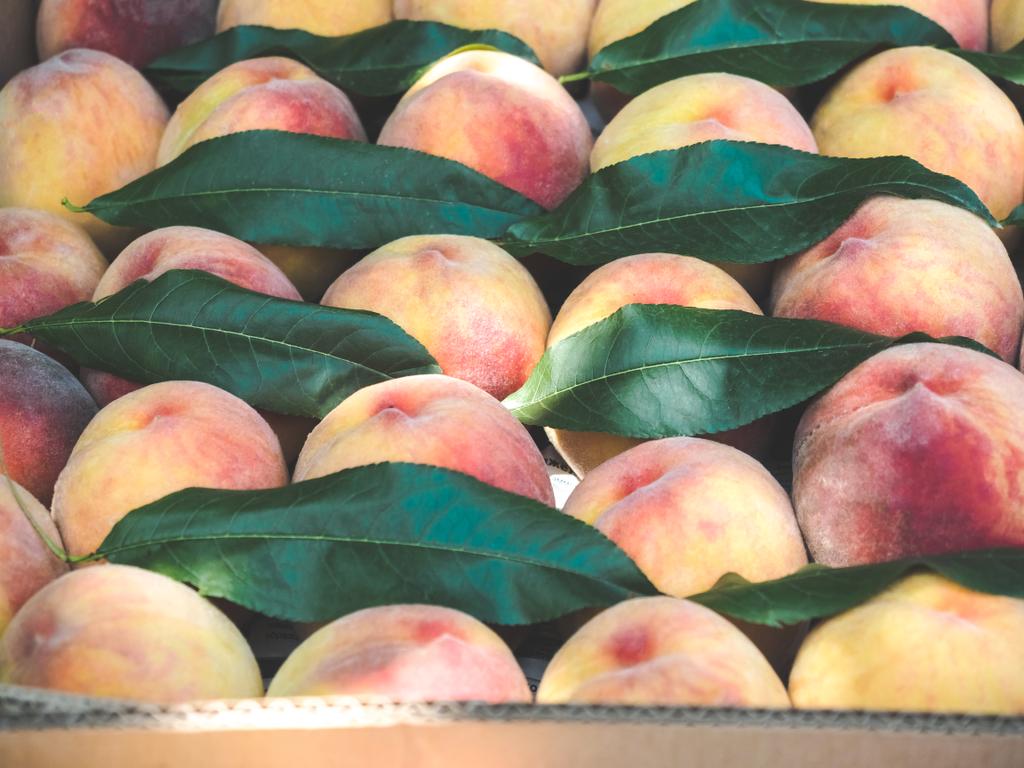Introduction: Kaiserschmarrn – A Popular Austrian Dessert
Kaiserschmarrn is a traditional dessert that originated in Austria and has become popular across Europe. It is a fluffy, shredded pancake that is typically served for dessert or as a main course for breakfast or lunch. The dish is made by mixing flour, eggs, milk, and sugar to create a batter that is then cooked in a pan and shredded into pieces. Kaiserschmarrn is a delicious, light, and fluffy dessert that can be served with a variety of toppings.
Ingredients and Preparation of Kaiserschmarrn
The ingredients for Kaiserschmarrn are simple and easy to find. The batter is made with flour, eggs, milk, and sugar. The batter is then cooked in a pan with butter until it is cooked through. Once the Kaiserschmarrn is cooked, it is shredded into pieces and served with powdered sugar, fruit compote, and sometimes whipped cream.
To prepare Kaiserschmarrn, start by mixing flour, eggs, milk, and sugar in a large bowl until the batter is smooth. Heat a pan over medium heat and add butter. Once the butter is melted, pour the batter into the pan and cook until the bottom is golden brown. Flip the pancake and cook until the other side is golden brown. Use a spatula to shred the Kaiserschmarrn into small pieces and serve with powdered sugar, fruit compote, and whipped cream.
Serving Suggestions: Powdered Sugar, Fruit Compote, and Whipped Cream
Kaiserschmarrn is typically served with powdered sugar, fruit compote, and sometimes whipped cream. The powdered sugar adds a sweet touch to the dish, while the fruit compote provides a tangy and fruity flavor. The whipped cream adds a creamy and indulgent touch to the dish.
To serve Kaiserschmarrn, sprinkle powdered sugar over the top of the shredded pancake. Serve with a side of fruit compote, such as cherry or apple compote. Add a dollop of whipped cream on top for an extra indulgent touch. Kaiserschmarrn can also be served with other toppings, such as caramel or chocolate sauce. Enjoy this delicious and traditional Austrian dessert!




